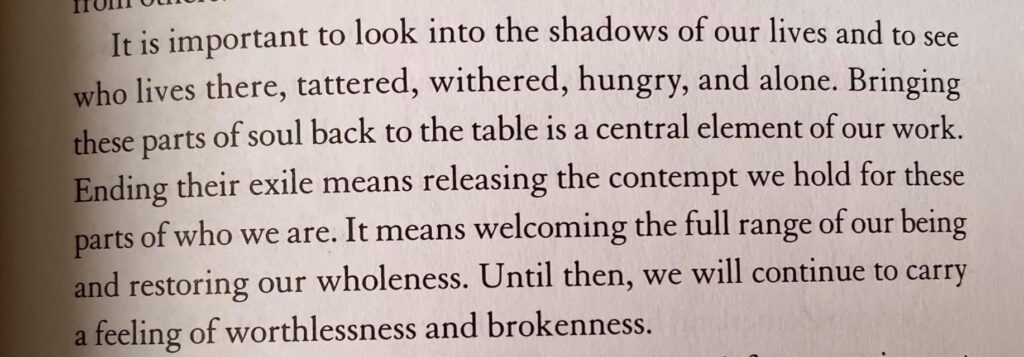
Coming out, even to myself ,as a nonbinary femme has been harder than I expected. I keep waiting for someone to tell me I somehow dont “qualify.” Hell, I question my self on a regular basis, why would I expect less from anyone else?
Many years ago, in the late 90s in Toronto my soon to be best friend Aimée and I would meet for “femme coffee” once a week and talk about the politics, nuances, and intersections of femme identity. I was somewhere between 21-25 and this was all new to me. Pieces fell into place in my psyche connecting me to the this queer community. I was becoming a part of.
Fast forward at least 20 years. Words like genderqueer, nonbinary and ace have flourished in an ever expanding garden of sexual and gender personal affiliations. They/them pronouns are discussed on NPR and the spectrum of trans identity is in media, politics, elementary school and everywhere else. I am in medical school at 45 years old, advancing my personal and professional education in sex and gender health. I am married to an androgynous millennial and she says one night “Femme is not a gender. You have no gender identity.” I was so hurt and angry and erased. I fumbled through my 90s gender books trying to find some proof that I existed; i had no name for who I was.
I folded in on myself at that moment. I knew that I had a complex gender and I knew I existed but I didnt have the words to speak up with.
Current time, or 2020. I was in relationship with another millennial, spending time with their all-trans friend group many of who were GenZ. I am jealous that these humans were able to grow up in a less gendered era than I was and had the freedom to know at 15, or 19, that their internal understanding of their personal gender *as well as their visible identity* could be whatever they wanted it to be. I know in my heart that if I were 17, or 27 instead of 47 I would certainly identify as nonbinary. And maybe I would have pushed my visible boundaries further than I will now.
One friend in particular was classically femme-presenting and identified as nonbinary trans. I repeatedly used she pronouns , probably 50% of the time, as their image in my mind was so deeply ingrained as one pronoun. It felt terrible every time – for everyone involved. I changed to using they/them pronouns for everyone for about 6 weeks until I got used to it as a habit in my mouth and brain. Uncoupling the phenotypical appearance of face/hair/clothing presentation from associated pronouns was very hard work for me. I could not figure out why I was struggling so much: How could i not get this right? What Was Wrong With Me. (spoiler alert: I was struggling with my own gender identity and associated femme biases.)
I wish this friend group and I had been able to have safe gender discussions. I wanted to learn from their growing up experiences as they were obviously very different than mine. I was in a deep struggle with myself as an older AFAB person allowing myself to invoke a nonbinary truth while still presenting as the lesbian femme I have always been. Eventually the words slid into place: I finally had language for a gender that fit my folded up erased insides. I harmed this friend by not seeing their gender in the same way I was unseen. I perpetrated that bias. I am truly sorry for that.
I dont consider myself trans. Cis does not fit comfortably either. For me, nonbinary means that – actually off the binary. That includes cis and trans, masculine and feminine, as well as good/bad, right/wrong, in/out, victim/perpetrator, love/hate. Unpacking the binary has been an enormous relief on multiple levels. I have a gender euphoria at deeply knowing that I am more than people assume I am from my face. I also still struggle with the words and explanations around what gives me the right to feel like I have a different gender than, for example, my also pierced and tattooed, also radical, also queer femme friends that dont identify as nonbinary.
I have had an image of gender as a 3D nebula with us all bouncing around inside moving through our beautiful multifaceted lives as our original and authentic selves. A few people stick to one pole or another; most of us are all over and in between at any one time. I am grateful for evolving language that imperfectly and accurately outlines a frame for my complex gender despite how you may read my face, my clothes/hair and my genitals. I still feel pretty unsure of the language and philosophy to discuss this evolution though. I have no critical theory or objective framework to reference when it comes to being a nonbinary femme or themme.
I welcome communication from nonbinary femmes out there of any age. Lets have coffee and talk (missmasina@gmail.com).

